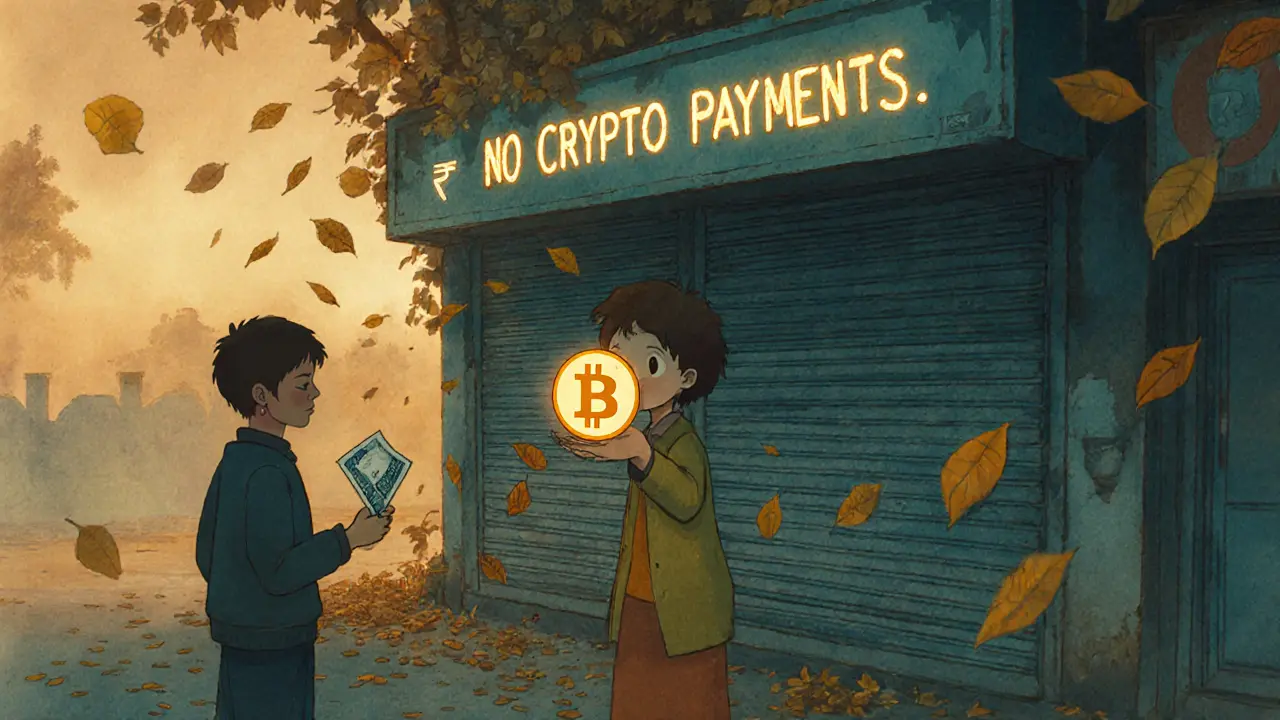Digital Rupee: What It Is, How It Works, and Why It Matters
When you hear digital rupee, India's official central bank digital currency issued by the Reserve Bank of India. Also known as e-Rupee, it's not crypto. It's not a new coin you can mine. It's the Indian rupee, but in digital form—backed by the government, just like cash in your wallet. Unlike Bitcoin or meme coins, the digital rupee doesn’t rely on decentralization. It’s centralized, controlled, and designed to replace physical cash in everyday transactions—think paying for chai, buying groceries, or sending money to family, all without needing a bank app or internet-heavy wallets.
The RBI digital currency, the official name for India’s central bank digital currency started as a pilot in 2022 and has since expanded to include retail and wholesale use cases. Retail means you and I can use it on our phones through apps like Paytm or PhonePe, just like UPI. Wholesale is for banks transferring huge sums between each other—faster, cheaper, and with zero settlement risk. It’s not meant to compete with UPI; it’s meant to work alongside it, giving the RBI more control over money flow and reducing the cost of printing and handling paper notes.
What sets the digital rupee apart from other crypto projects you see online? Nothing. That’s the point. While projects like TacoCat Token or Nasdaq666 rely on hype, zero liquidity, and fake airdrops, the digital rupee has real backing, real regulation, and real adoption. No one’s promising 1000x returns. No one’s hiding behind anonymous teams. It’s a public infrastructure project, like roads or electricity—except it’s digital, and it’s yours.
You won’t find the digital rupee listed on CoinMarketCap as a tradable token. You won’t see it in DeFi protocols or yield farms. That’s not its job. Its job is to make payments simpler, safer, and more transparent. And that’s why you’ll see it pop up in posts about Indian crypto scams—because scammers love to pretend they’re offering "digital rupee airdrops" to trick you into giving up your wallet keys. The real digital rupee doesn’t give away free money. It doesn’t need to. It’s already in your hands.
As India pushes toward a cashless future, the digital rupee is quietly becoming the backbone of everyday finance. It’s not flashy. It’s not viral. But it’s real. And that’s more than you can say for half the tokens you’ll find listed online. Below, you’ll find posts that cut through the noise—exposing fake airdrops, clarifying crypto scams, and showing you what actually matters when it comes to money in the digital age. Whether you’re trying to avoid a scam or just want to understand how your rupee works today, these guides will help you see past the hype.
Are Crypto Payments Allowed in India? What You Can and Can't Do in 2025
As of 2025, crypto payments for goods and services are banned in India, but trading and holding crypto remain legal under strict tax and reporting rules. Learn what you can and can't do with crypto in India today.
